CineStill 800T has become a beloved film stock due to its versatility in lighting conditions, low contrast, unmistakable color reproduction, and unique features around light sources.
Popping one of these film rolls into your 35mm or medium format camera is sure to capture photos unlike anything you’ve tried before. From daylight, to low light, portraits, neon lights, and more – check out what is possible with CineStill 800T through these sample photos!
Want more film photography tips? Join our mailing list, and check out our several other film photography guides.
First, what is CineStill 800T?
CineStill 800T, as the T in the name implies, is a tungsten film converted from the widely-used Kodak Vision3 500T cinematic film.
The conversion process involves the removal of an anti-static layer called Remjet, so your local film lab can use the same C41 chemistry used in Kodak Portra and Fuji to develop the roll of CineStill. The removal of the Remjet layer also creates halation in your images, leading to CineStill’s signature glow around light sources.
Get CineStill 800T Film:

Bring the CineStill look to your photos with the Ultimate CineStill Lightroom Preset Pack, an all-in-one preset pack including presets for 800T, 400D, 50D, BwXX, a halation glow action, and more.
What is Tungsten Film?
Tungsten-balanced film is widely used in motion pictures – some of the most stunning movies like Dunkirk, La La Land, Casino Royale, and Once Upon a Time In Hollywood have all been captured on tungsten film.
Most films are balanced for daylight, meaning that they are balanced for a neutral light source, capturing colors similarly to how we would see them with our eyes. Tungsten-balanced film, as the name implies, is balanced for tungsten light – which is a warmer, orange hue(which you’ll find commonly in indoor studio lighting). You’ll find tungsten at around 2700K on the Kelvin temperature scale.
When daylight-balanced film is capturing tungsten light, it appears in yellowish orange, as our eyes would see. The magic is, when tungsten film captures tungsten light – that balances it out to a blueish-white color, which gives photos shot on CineStill 800T a cooler appearance.
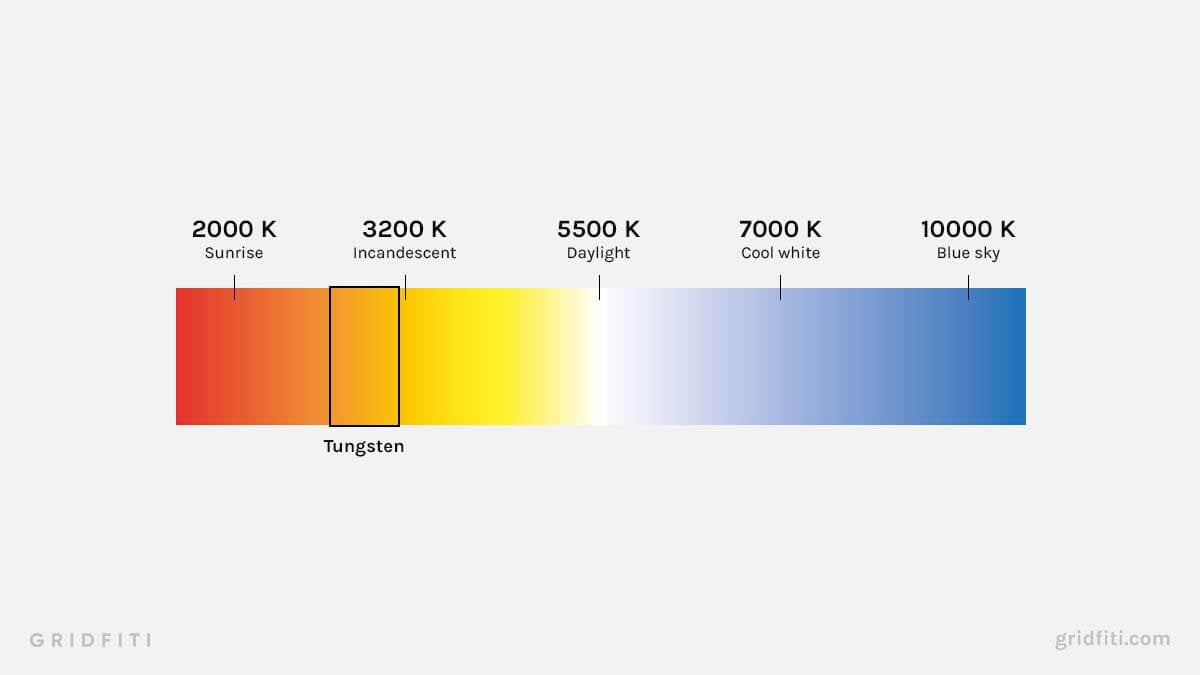
CineStill 800T Night Photos
CineStill 800T comes alive in the nighttime. Its 800 ISO is meant for those lower light conditions, and that tungsten balancing creates colors reminiscent of a Blade Runner still. This, combined with the removal of Remjet, adds one of the most noticeable features of CineStill: its halation around light sources. Check out these CineStill 800T sample photos at night to see the magic for yourself!
 Photos by u/me-pex, @lukatrajkovic, @jjasonchambers, @marcostellisano, u/2dank4u, u/thanhoesss
Photos by u/me-pex, @lukatrajkovic, @jjasonchambers, @marcostellisano, u/2dank4u, u/thanhoesss
CineStill 800T Daylight Photos
While known for its nighttime performance, CineStill 800T shines just as bright in daylight. Daytime lighting conditions really pronounce the tungsten balance of the film, with tones appearing on the cooler side (unlike stocks with warmer tones, like Portra).
The 800 speed lets you capture things at higher shutter speeds – making for much sharper photos, free of motion blur. You can still find its signature red glow around highlights in daylight, too!
 Photos by @elivicksn, @shoot_film_, u/rgmphoto, @jjasonchambers, u/florisred, u/treebarks8
Photos by @elivicksn, @shoot_film_, u/rgmphoto, @jjasonchambers, u/florisred, u/treebarks8
CineStill 800T Portrait Photos
The tungsten balancing, combined with the high speed 800 ISO, makes CineStill a great pick for portraits. Shutter speeds can be wound up high, so your subject’s features are sharp and defined. The tungsten balance makes for a profound color profile, leaning towards cooler temperatures with skin tones.
CineStill 800T also results in low contrast in light-abundant settings, giving off a dreamscape look to not just a person, but also their surroundings.
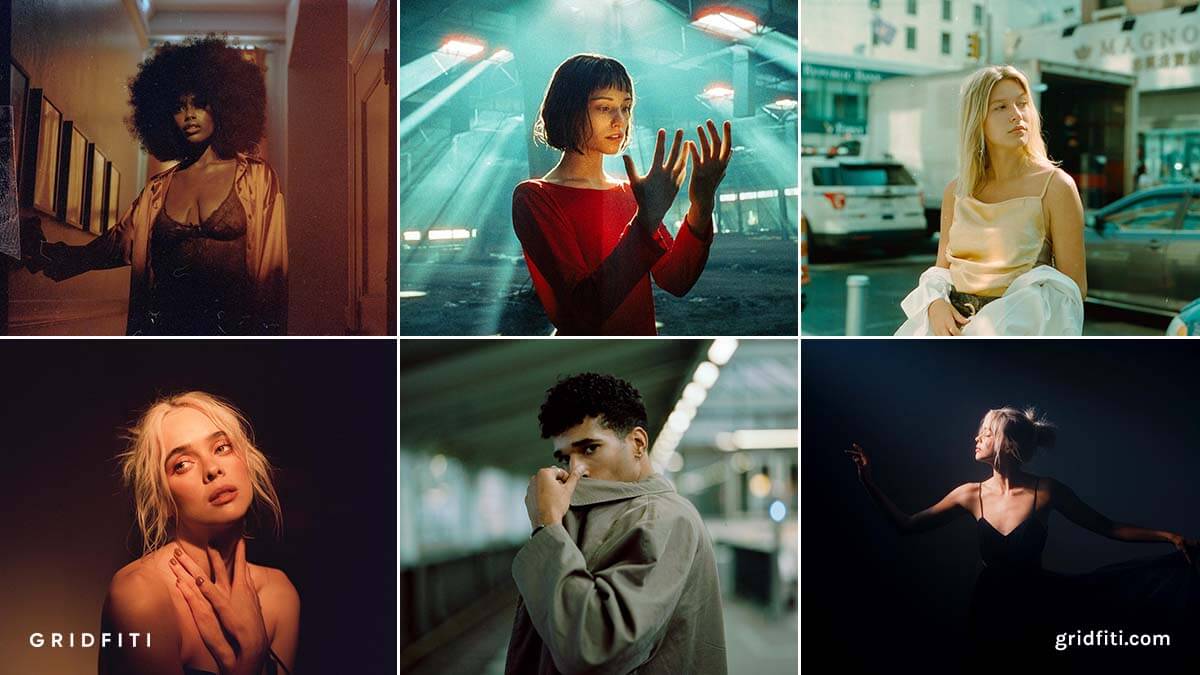 Photos by @alexgharper, @lazar_bogdanovic_dp, @elivicksn, @mikegrayfilm, @dominikfriess
Photos by @alexgharper, @lazar_bogdanovic_dp, @elivicksn, @mikegrayfilm, @dominikfriess
CineStill 800T Blue Hour Photos
There’s a fine balance of colors when it comes to blue hour, whether it be the cooler natural light from the sky, or the warmer hues from artificial sources like buildings and street lights. Combine its 800 ISO for low light, tungsten balance for cooler tones, and halation for glowing lights _ and get some real unique looks at blue hour on CineStill 800T!
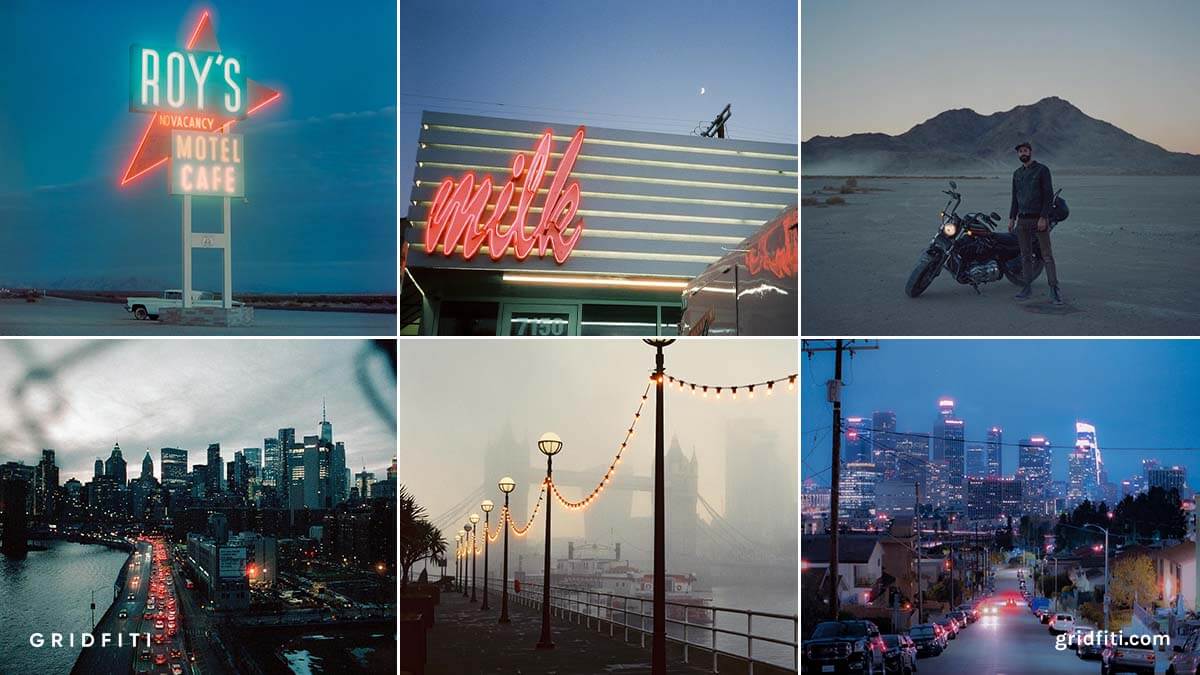 Photos by @6.tiff, @chiaraalexaphoto, @kennethmbauer, @whatjusee, @serostanov, u/thanhoesss
Photos by @6.tiff, @chiaraalexaphoto, @kennethmbauer, @whatjusee, @serostanov, u/thanhoesss
CineStill 800T Nature & Landscape Photos
Nature photographers often opt for daylight-balanced films – but why go with a stock that might alter the colors that nature has to offer? Well, some photographers say nay, and capture nature in all its glory with the tungsten-balanced results of CineStill 800T!
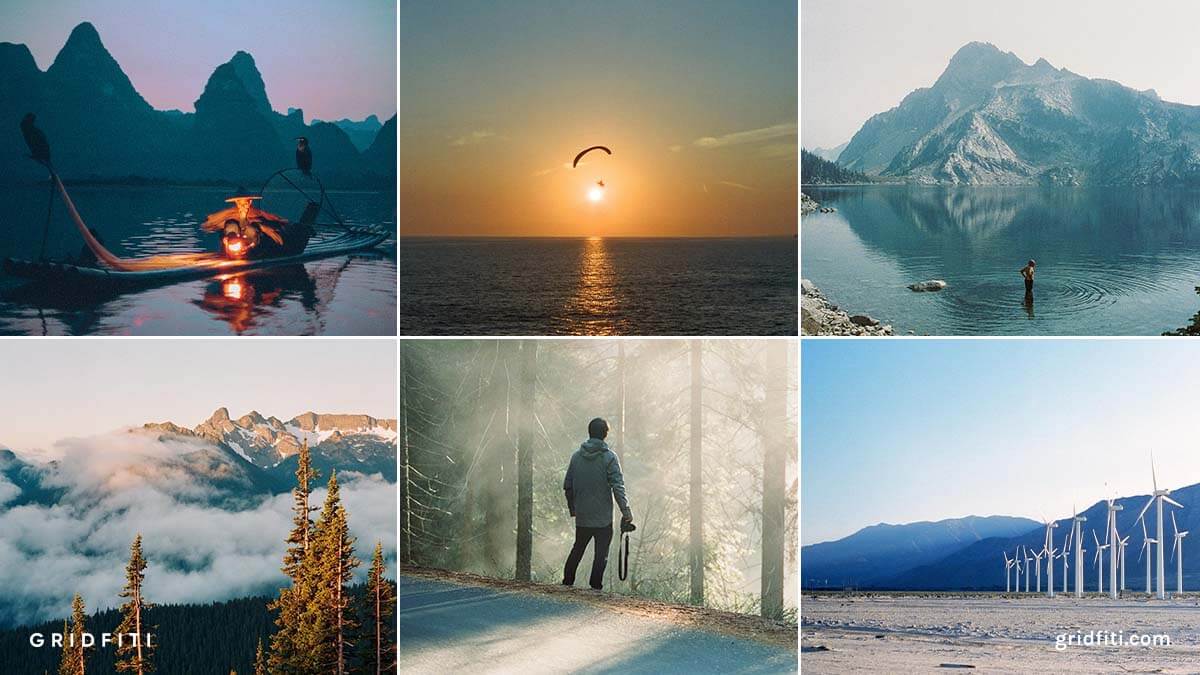 Photos by @matthewhalla, @justnmaer, @parker.schmidt, @portra_papi, r/analog, u/background-wealth-13
Photos by @matthewhalla, @justnmaer, @parker.schmidt, @portra_papi, r/analog, u/background-wealth-13
CineStill 800T Halation Photos
We’ve gone on about how much we love CineStill 800T’s halation – so here are some sample photos focusing on just that! From lamps and windows, to neons and car lights, check out the unique glow this film stock offers around highlights.
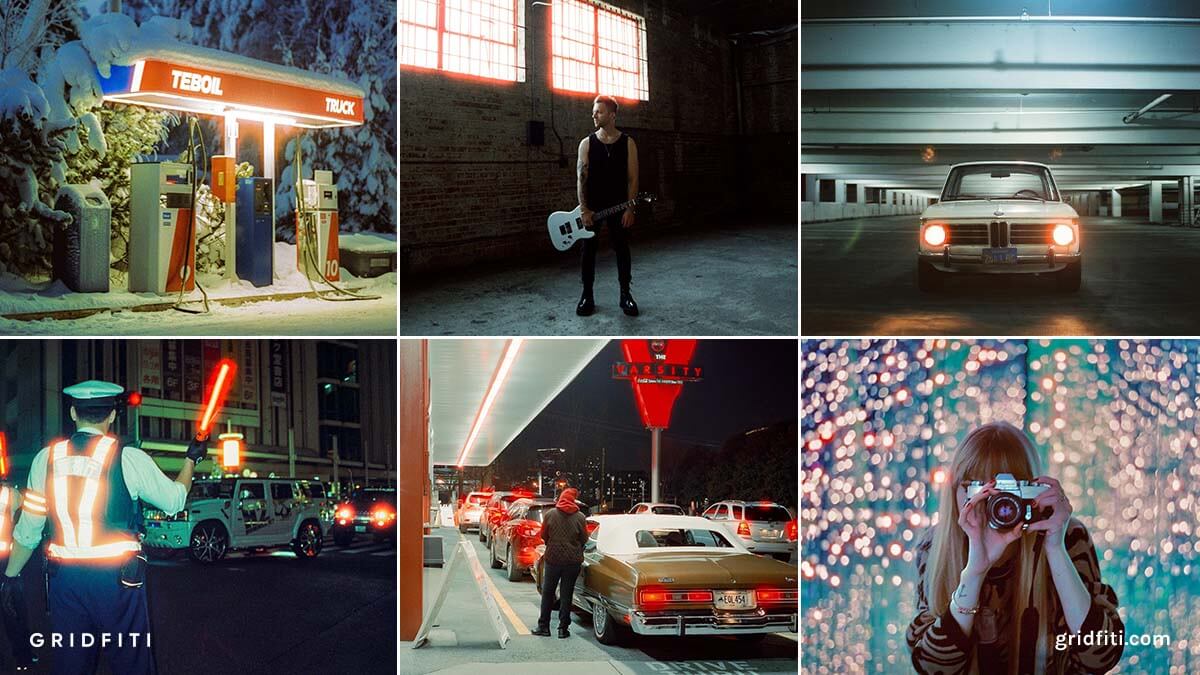 Photos by @sanburilainen, @adamdillonstudio, @filmscanned, Japan Camera Hunter, @jjasonchambers, u/xbjrsk
Photos by @sanburilainen, @adamdillonstudio, @filmscanned, Japan Camera Hunter, @jjasonchambers, u/xbjrsk
CineStill 800T Pushed to 1600 ISO Photos
“Pushing film” is the act of taking a film stock, and setting the metering to treat it as if the film’s speed is higher. In this scenario, photographers sometimes meter CineStill 800T one stop higher at 1600 ISO.
Why do this, you ask? Generally, it allows photographers to work in darker scenarios where light is limited. It can also help boost contrast in images. See for yourself in these photos where CineStill 800T is pushed to 1600 ISO!
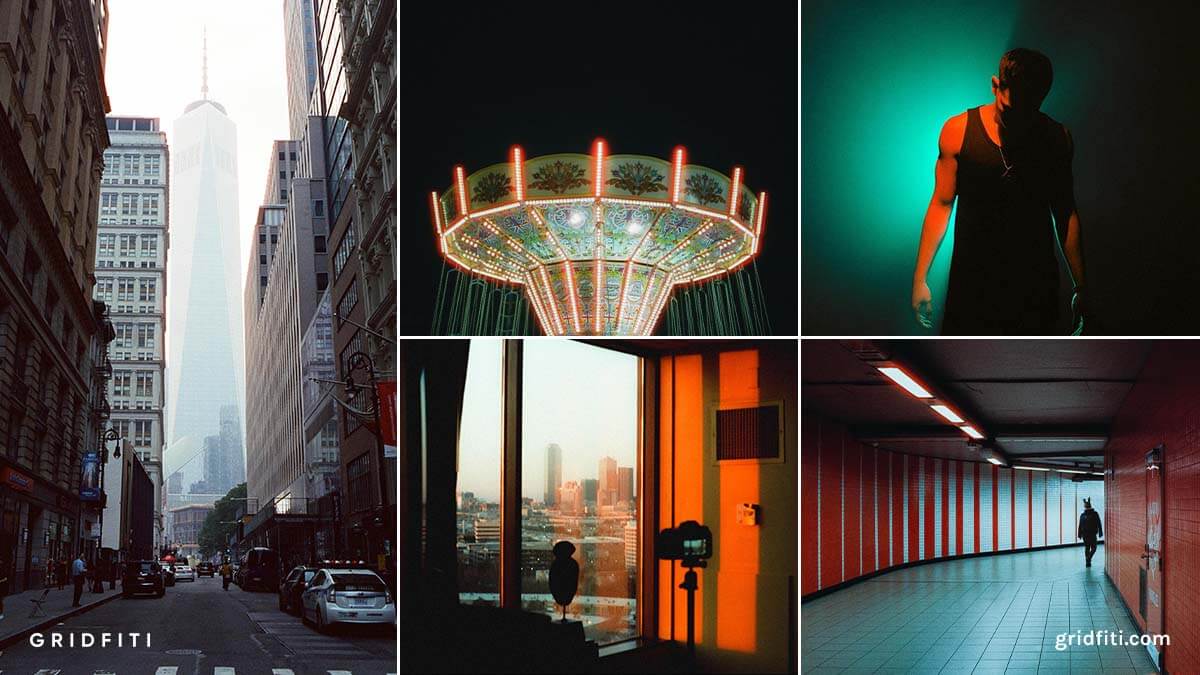 Photos by u/asonjones, u/grainisgurt, u/MarinaBPhoto, u/johnjohn2099, u/matthyshaddouche
Photos by u/asonjones, u/grainisgurt, u/MarinaBPhoto, u/johnjohn2099, u/matthyshaddouche
What do you think of CineStill 800T? Have you shot on this film yet? Let us know in the comments below!
Gridfiti is supported by its audience – when you buy something using the retail links in our posts, we may earn a small commission at no additional cost to you. Read more about our affiliate disclaimer.
